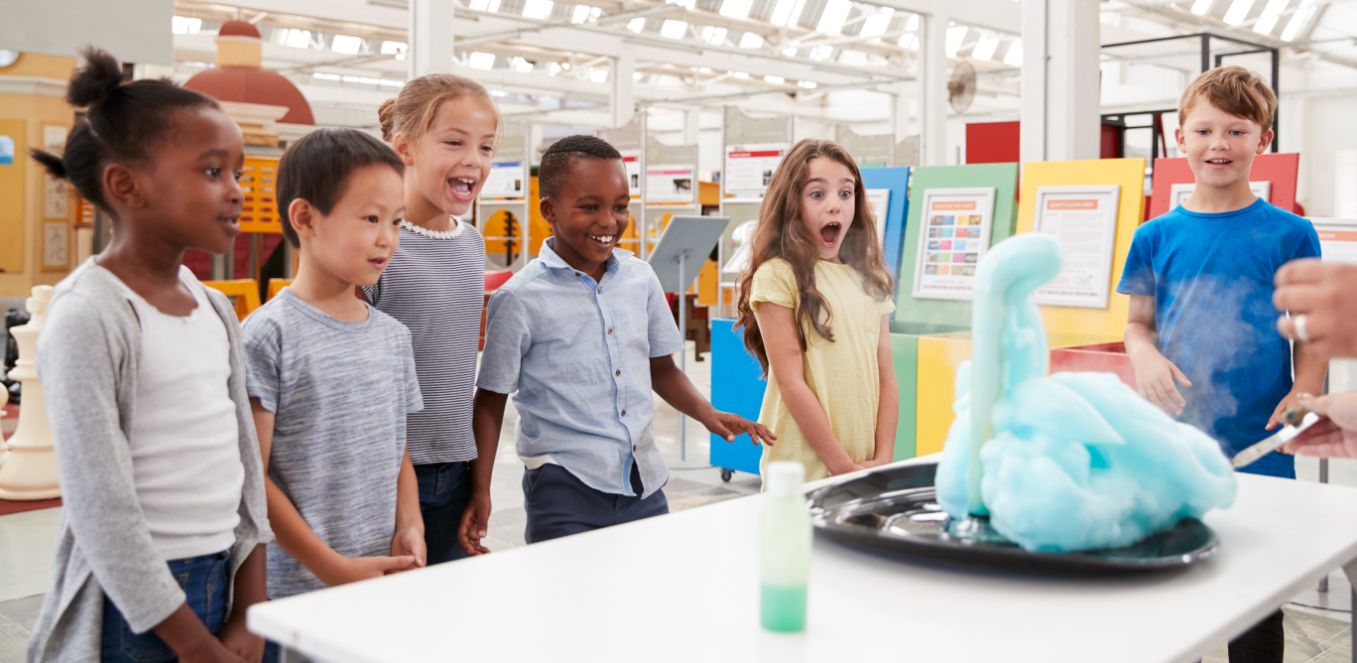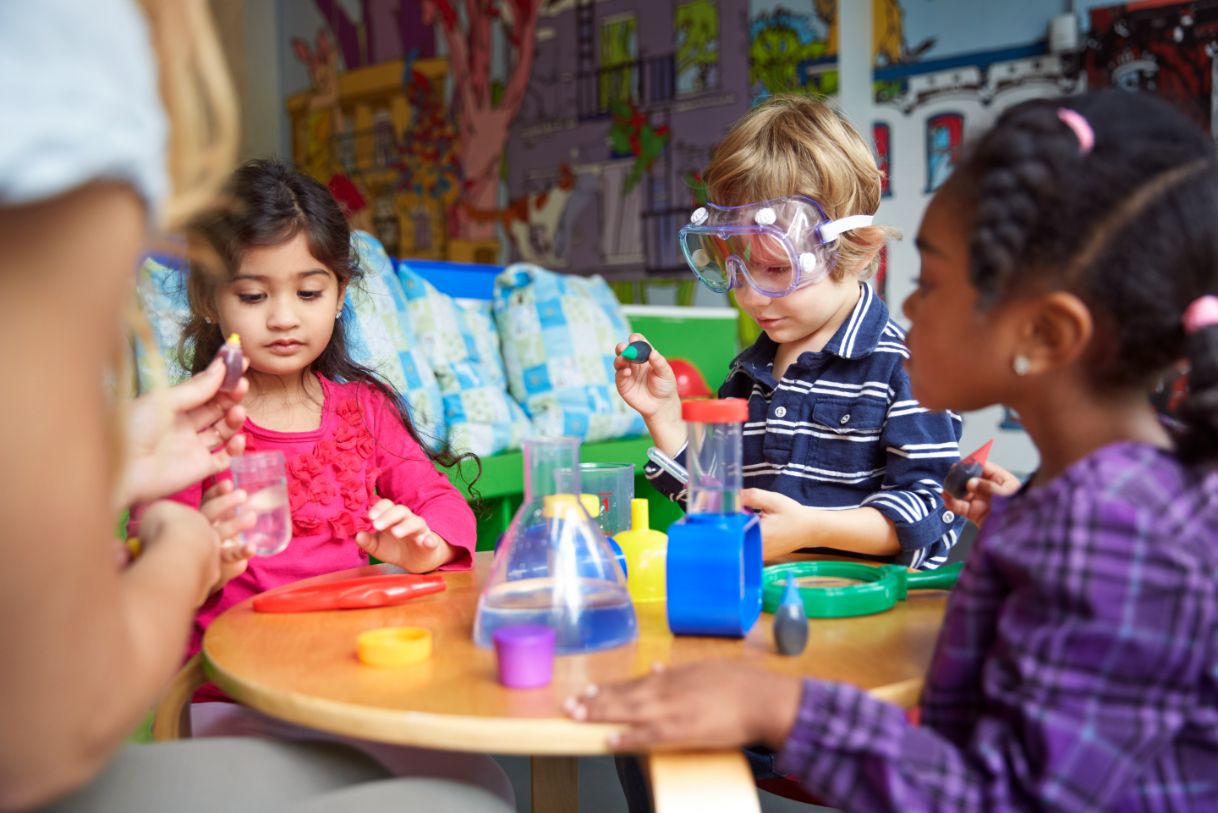The need for qualified individuals in STEM, which stands for Science, Technology, Engineering, and Math is steadily gaining traction in both education and the global economy. The reason for this is that future occupations will probably revolve around the STEM sectors, as well as 21st-century abilities like critical thinking, creativity, cultural understanding, cooperation, and problem-solving.
When done correctly, STEM education aids in the development of 21st-century capabilities. As a result, many teachers are beginning to include these subjects in their classrooms. So what are the advantages for children? In this post, we discuss the benefits of STEM education for children’s growth.
Difference between STEM and traditional education
This type of education is getting more and more attractive in western countries like Canada. STEM stands for Science, Technology, Engineering, and Mathematics, as mentioned, and it refers to a teaching technique that incorporates all of these areas. It addresses concerns that various disciplines or courses are frequently taught separately although, in fact, they are all interconnected. It’s a well-coordinated multidisciplinary approach that emphasizes hands-on learning.
STEM education emphasizes critical thinking, rational reasoning, inquiry, and project-based learning. It further stimulates children’s interest, making learning enjoyable, meaningful, and long-lasting. That is why, if you’re a parent of a teenager residing in Toronto, you should explore grade 12 high school Chemistry in Ontario, as well as any other subjects that matter, to guarantee that your child receives the greatest education possible in order to be prepared for the exciting new future that awaits them.
Language development is assisted by STEM

STEM education and projects are regarded to play an important impact in language acquisition. When children read science books, for example, new areas of STEM discussion can emerge. What they’ve read may also inspire them to design and conduct an investigation to test a claim, which is an important part of any scientific investigation.
Children would then be encouraged to talk to one another about their hypotheses and findings, which would help them build both essential literacy and comprehension abilities. Literacy and STEM disciplines are mutually beneficial.
STEM promotes self-directed and collaborative learning
STEM education, as the research points out, allows students to improve their communication and problem-solving abilities, particularly when they are encouraged to communicate and express their ideas and observations. Young children can also build concepts through investigative and exploratory methods in this type of rich educational setting.
Young children benefit from STEM learning because they are inherently curious and eager to learn about themselves and their surroundings. Furthermore, STEM education can help even young children who are non-native English speakers and are still learning the language. This is due to the fact that individuals can participate in scientific investigations that do not necessitate a large vocabulary.
STEM encourages experimentation and builds resilience

Students make use of a safe setting, learning where they can fall and try again during STEM education activities. They will be able to start embracing mistakes as part of the learning process if STEM education emphasizes the significance of failure as a learning exercise. This helps them develop confidence and resilience, allowing them to persevere when things get tough. Then again, failure is a necessary part of the process that leads to success.
Many of the technological breakthroughs of the last two decades would not have been possible without a little risk-taking and experimenting. Many of these innovations were developed by people who were told their ideas wouldn’t work but decided to try it and see – this mindset can be cultivated through STEM education. But how are you going to do it? Allowing students to explore and take more risks during educational activities is one way to encourage them to do so.
STEM enhances critical thinking abilities
The type of content supplied in STEM education is geared toward encouraging children to think critically. Through observing, experience, reflection, reasoning, or communication, critical thinking is the activity of comprehending, applying, analyzing, and evaluating knowledge.
As a result, students are encouraged to ask and answer questions or solve issues based on active engagement with the information in order to comprehend the problem and fix it using logic rather than memory. These kinds of scenarios are more representative of what would be required of students on the job; exposure to instances like these early on in their schooling will start preparing them for their future careers.
Final thoughts

STEM education programs are the first step in preparing today’s schoolchildren to become tomorrow’s innovators and creators. Summer camps, after-school courses, and maker spaces offer chances to pivot traditional learning to favor hands-on experience and real-world application, which are essential for developing an inventive mind. Take the first step toward preparing students for a lifetime of success by learning about STEM-based education programs.

